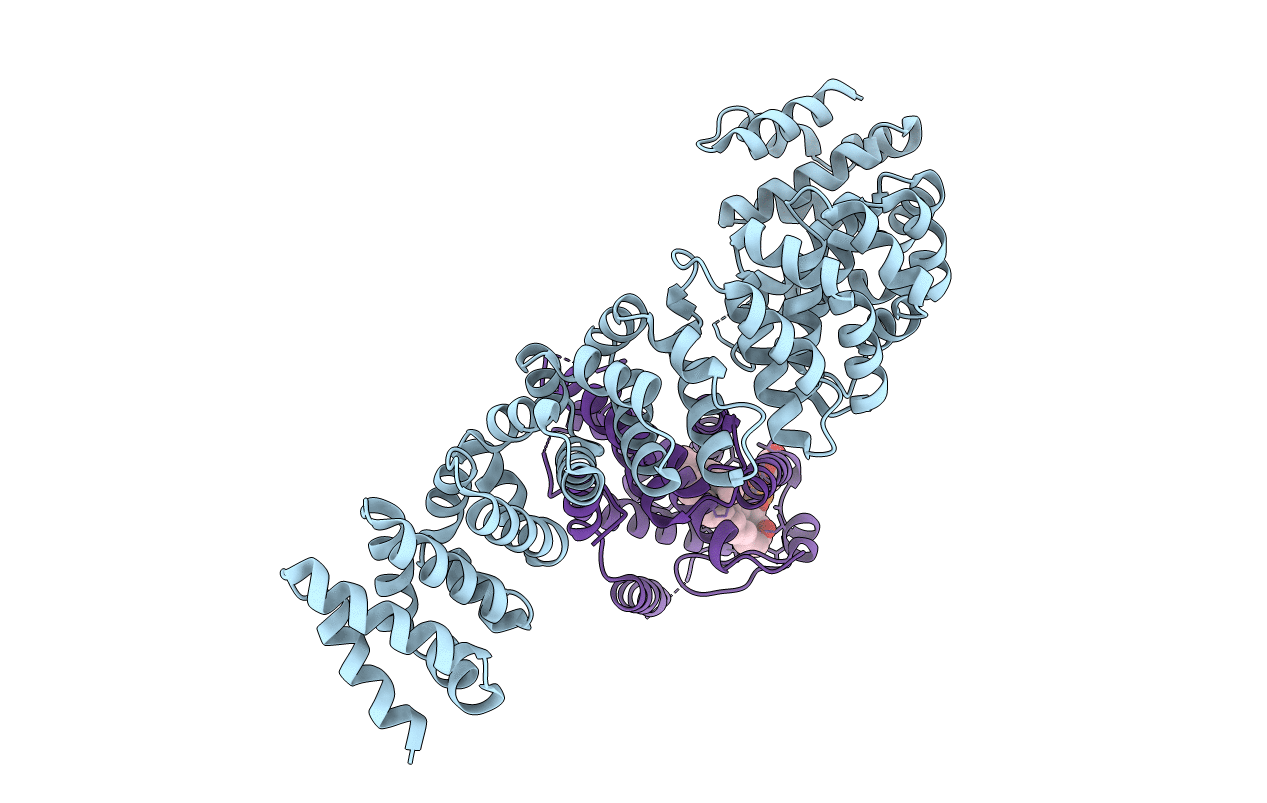
Deposition Date
2011-09-22
Release Date
2011-12-14
Last Version Date
2023-09-13
Method Details:
Experimental Method:
Resolution:
2.76 Å
R-Value Free:
0.24
R-Value Work:
0.19
R-Value Observed:
0.20
Space Group:
P 1 21 1


